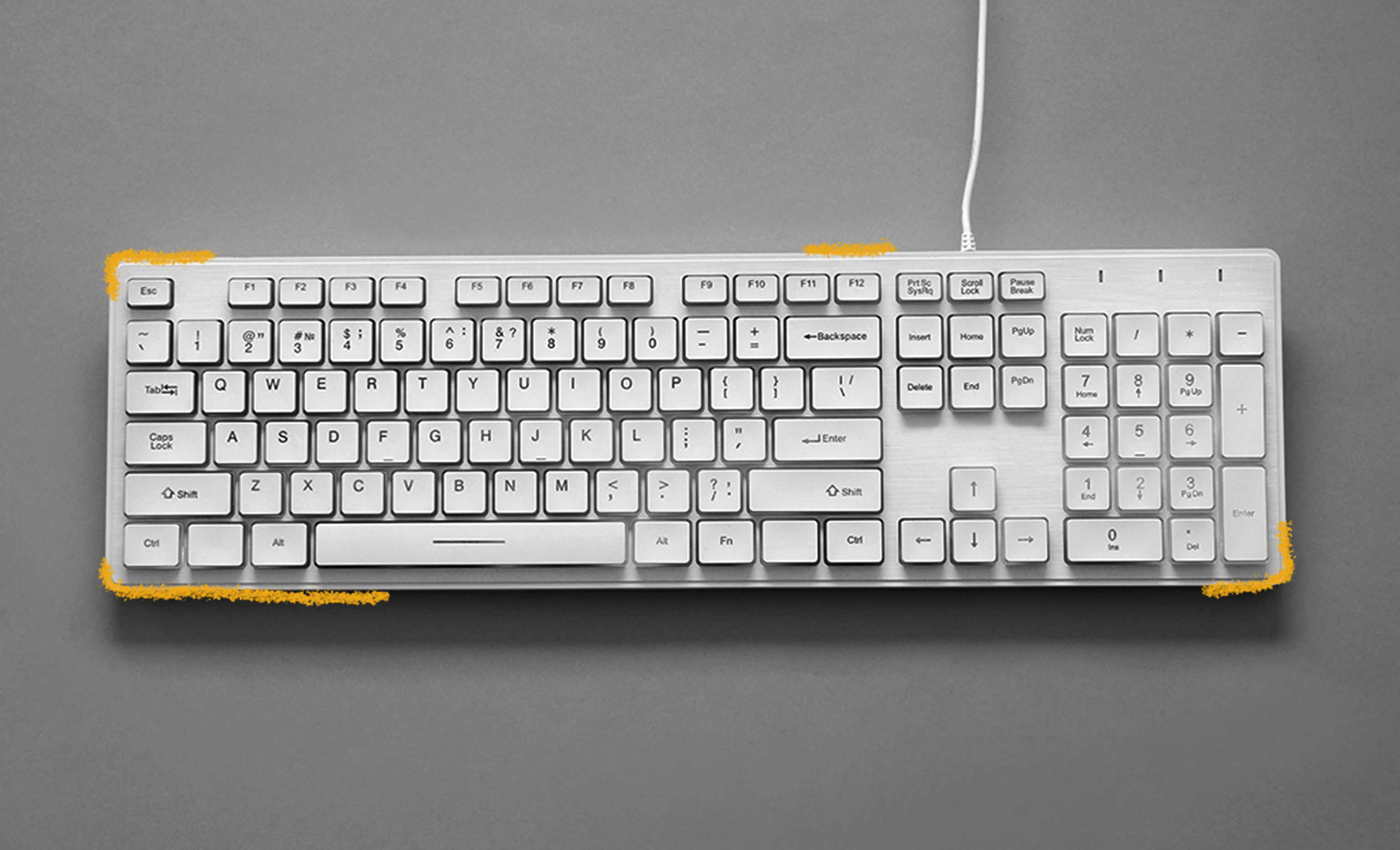The QWERTY keyboard is named for the first six letters of its layout (from left to right: Q, W, E, R, T, and Y). Its creation is attributed to an American inventor named Christopher Latham Sholes, who had been working on developing the typewriter with several colleagues. The original key layout on their typewriter featured the second half of the alphabet arranged in order on the top row and the first half of the alphabet arranged in order on the bottom row. However, this reportedly led to problems with jamming, because typists were able to locate and press the keys too quickly for the machine to keep up. This jamming ultimately slowed down typing. Sholes’ solution was to arrange the keys to separate commonly used letter pairings, which he thought would reduce jamming issues. He was right. Paradoxically, slowing typists down made typing faster overall, since it avoid the jamming problems that ate up precious time. When Sholes sold the design to Remington in 1873, the first six keys were arranged as follows: Q, W, E, ., T, and Y. When Remington purchased Sholes’ design, the company made a few minor changes, and when they launched the Sholes and Glidden typewriter on July 1, 1874, the layout of the first six keys was the same as the one we still use today: Q, W, E, R, T, and Y. Over the years, several minor adjustments to the QWERTY keyboard were made, most notably the inclusion of keys for 1 and 0, which were originally left out to save on production costs. (The theory was that both numerals could be represented by other characters, namely, capital I and capital O.) The first Remington typewriter didn’t sell well, but the Remington 2, which used the same QWERTY keyboard and debuted in 1878, was a huge success. While some alternative keyboard layouts were proposed over the years, by the time they were suggested, the QWERTY keyboard layout was already entrenched. And indeed, today the QWERTY keyboard is still used on nearly every English-language keyboard, including those on smartphones and laptops.

Your go-to guide for weird history facts
Subscribe to the FREE daily email that makes learning about history fun.


